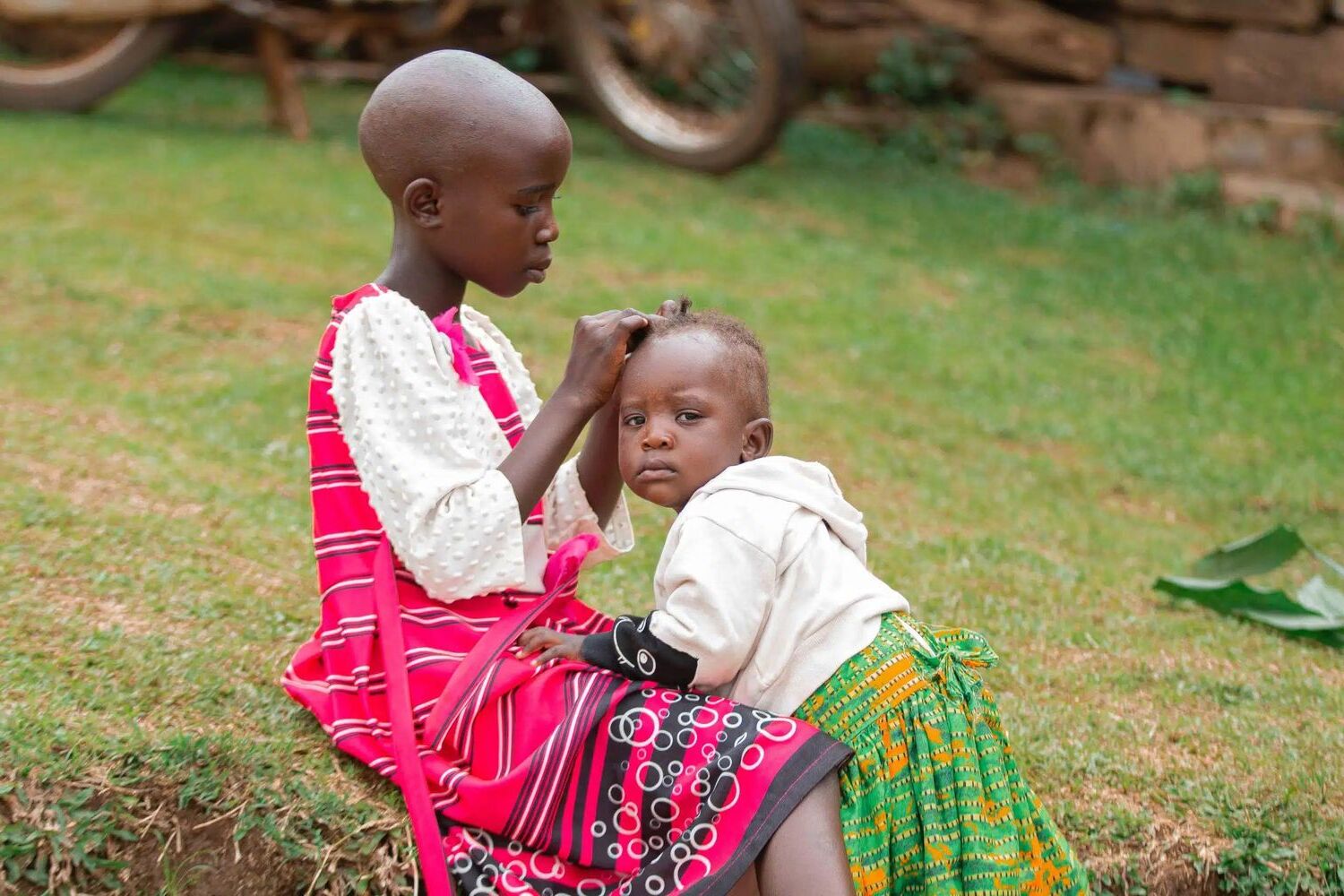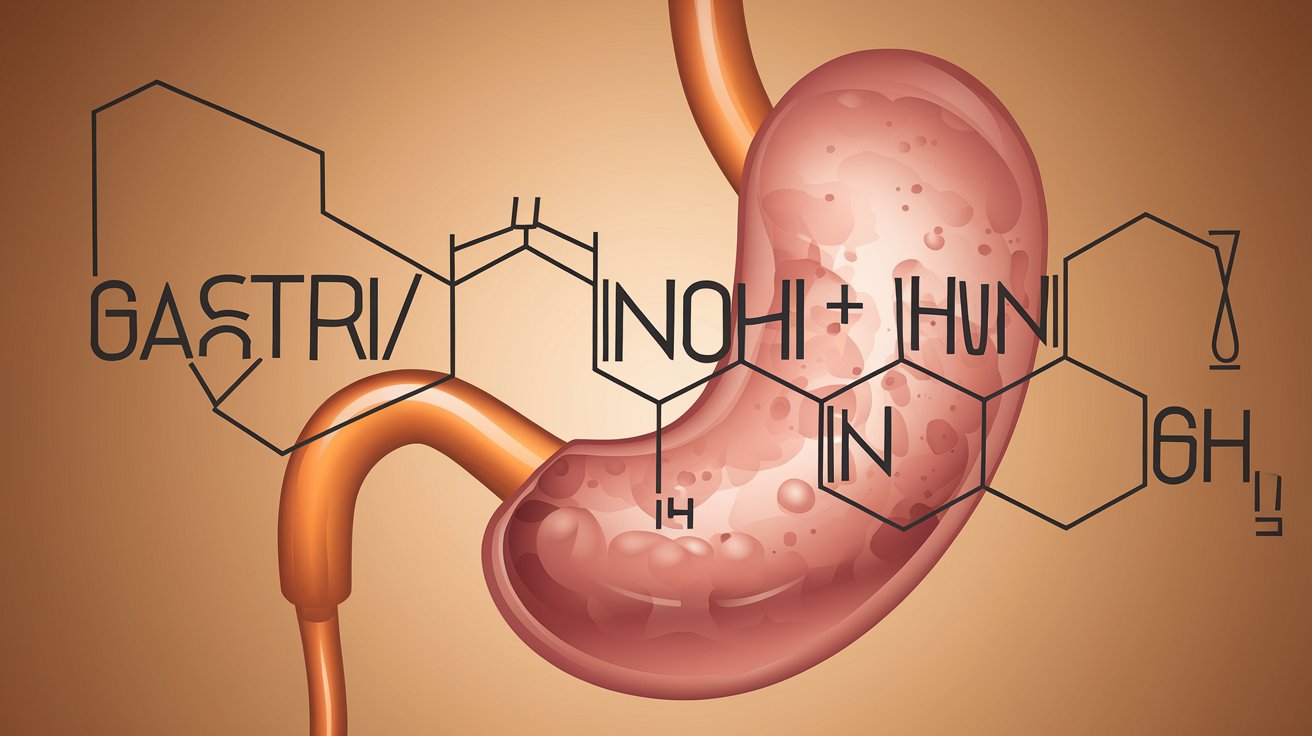
Sotos Syndrome is a rare genetic disorder that affects growth and development. Characterized by excessive physical growth during the first years of life, it often leads to a taller stature and larger head size compared to peers. Common symptoms include delayed motor skills, speech issues, and learning disabilities. Caused by mutations in the NSD1 gene, this condition can vary widely in its impact on individuals. Early diagnosis and intervention can significantly improve quality of life. Understanding Sotos Syndrome is crucial for parents, caregivers, and educators to provide the best support possible. Here are 50 facts to help you grasp the essentials of this unique condition.
Key Takeaways:
- Sotos Syndrome, or cerebral gigantism, is a rare genetic disorder causing excessive growth and developmental challenges. Early diagnosis and multidisciplinary care can improve quality of life for affected individuals.
- Research on Sotos Syndrome offers hope for better understanding and treatments. Genetic testing, therapeutic interventions, and global collaboration pave the way for improved outcomes and support for affected individuals and families.
What is Sotos Syndrome?
Sotos Syndrome, also known as cerebral gigantism, is a rare genetic disorder characterized by excessive physical growth during the first years of life. This condition can affect various aspects of development, including motor skills, cognitive abilities, and social interactions. Let's dive into some fascinating facts about Sotos Syndrome.
Genetic Basis of Sotos Syndrome
Understanding the genetic roots of Sotos Syndrome helps in grasping the complexity of this condition.
- Sotos Syndrome is caused by mutations in the NSD1 gene.
- The NSD1 gene is located on chromosome 5.
- Most cases of Sotos Syndrome are not inherited but occur due to new mutations.
- In rare instances, Sotos Syndrome can be inherited in an autosomal dominant pattern.
- Genetic testing can confirm a diagnosis of Sotos Syndrome.
Physical Characteristics
Children with Sotos Syndrome often exhibit distinctive physical features that set them apart.
- Excessive growth in infancy and early childhood is a hallmark of Sotos Syndrome.
- Individuals often have a large head size, known as macrocephaly.
- A prominent forehead is another common feature.
- Long, narrow face shape is typical in those with Sotos Syndrome.
- Children may have a high-arched palate.
- Scoliosis, or curvature of the spine, can occur.
- Hands and feet may be disproportionately large.
- Advanced bone age is often observed in affected children.
Developmental and Cognitive Aspects
Sotos Syndrome impacts cognitive and developmental milestones in various ways.
- Developmental delays are common in children with Sotos Syndrome.
- Speech and language development may be slower than average.
- Motor skills, such as walking and coordination, can be delayed.
- Intellectual disability ranges from mild to moderate in severity.
- Learning disabilities are frequently observed.
- Behavioral issues, such as ADHD, can be present.
- Social skills may be underdeveloped, leading to difficulties in peer interactions.
Health Concerns
Various health issues can arise in individuals with Sotos Syndrome, requiring ongoing medical attention.
- Seizures are more common in those with Sotos Syndrome.
- Heart defects, such as atrial septal defects, can occur.
- Kidney abnormalities may be present.
- Vision problems, including strabismus, are often seen.
- Hearing loss can affect some individuals.
- Frequent infections, particularly respiratory, are common.
- Feeding difficulties and gastrointestinal issues may arise.
Diagnosis and Management
Early diagnosis and appropriate management can significantly improve the quality of life for those with Sotos Syndrome.
- Clinical evaluation and genetic testing are used for diagnosis.
- Early intervention programs can aid in developmental progress.
- Speech therapy is often beneficial for language development.
- Occupational therapy helps improve motor skills and daily functioning.
- Behavioral therapy can address ADHD and other behavioral issues.
- Regular monitoring of growth and development is essential.
- Multidisciplinary care teams provide comprehensive management.
Living with Sotos Syndrome
Living with Sotos Syndrome presents unique challenges and opportunities for affected individuals and their families.
- Support groups offer valuable resources and community connections.
- Educational accommodations can help children succeed in school.
- Awareness and understanding of the condition are crucial for social acceptance.
- Family counseling can support emotional and psychological well-being.
- Adaptive technologies can enhance learning and communication.
- Physical activities and sports can promote health and social skills.
- Transition planning is important for moving from pediatric to adult care.
Research and Future Directions
Ongoing research continues to shed light on Sotos Syndrome, offering hope for better treatments and understanding.
- Studies are exploring the full spectrum of NSD1 gene mutations.
- Research aims to identify potential therapeutic targets.
- Longitudinal studies track the natural history of the condition.
- Patient registries help gather data for research and clinical trials.
- Advances in genetic testing improve diagnostic accuracy.
- New therapies are being developed to address specific symptoms.
- Collaborative research efforts are expanding globally.
- Increased awareness leads to earlier diagnosis and intervention.
- Future research holds promise for improved quality of life for those with Sotos Syndrome.
Final Thoughts on Sotos Syndrome
Sotos Syndrome, a rare genetic disorder, affects growth and development. Early diagnosis can make a huge difference in managing symptoms and improving quality of life. Support from healthcare professionals, educators, and families is crucial. Understanding the syndrome helps in creating a supportive environment for those affected.
Awareness and education about Sotos Syndrome can lead to better resources and support networks. Sharing information and experiences can also reduce the stigma and isolation often felt by families. Remember, every individual with Sotos Syndrome is unique, and their needs may vary.
Staying informed and connected with support groups can provide valuable insights and assistance. By fostering a community of understanding and empathy, we can help those with Sotos Syndrome lead fulfilling lives. Let's continue to learn, support, and advocate for those affected by this condition.
Frequently Asked Questions
Was this page helpful?
Our commitment to delivering trustworthy and engaging content is at the heart of what we do. Each fact on our site is contributed by real users like you, bringing a wealth of diverse insights and information. To ensure the highest standards of accuracy and reliability, our dedicated editors meticulously review each submission. This process guarantees that the facts we share are not only fascinating but also credible. Trust in our commitment to quality and authenticity as you explore and learn with us.


